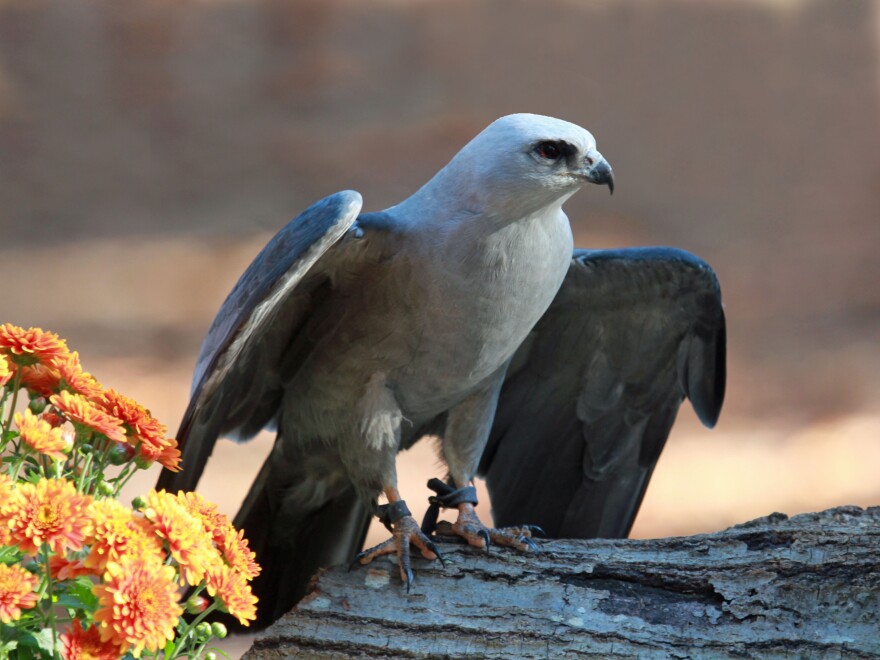The early weeks of September provide some of the best times to watch migrating birds of prey, and over the years, there have been big changes to what you can see in Connecticut.
Take, for example, bald eagles.
"[In] 1985, which was the first year that we had an official counter, I think the bald eagle total was five. Last year, we had a record of 317," said Ryan MacLean, a staff naturalist at the Greenwich Audubon Center and its official "hawk counter."
From August through November, MacLean is at the center’s "Quaker Ridge" hawk-watch site, counting birds and educating people about the animals they’re seeing.
"Raptors are at the very top of the food chain, and seeing problems in their numbers indicates a much bigger-picture problem in the entire ecosystem that they live in," MacLean said.
Center Director Eli Schaffer said the Greenwich’s hawk-watch site is accessible to people with disabilities, open to the public, and a great spot to view birds.
"We are able to count upwards of 20,000 birds in a good year. And we’ve counted over 31,000 in a single day in very special conditions," Schaffer said.
One of those conditions is rain, which can drive raptors into trees where they wait out storms.
"If we do have a span of three to five days of bad weather in a row … on that first nice day they will all release out into the sky," Schaffer said. "Those are the conditions that can make record-setting hawk viewing possible."
Citizen-science counts in Greenwich date back to the 1970s. MacLean said similar counts of raptor migrations are happening right now everywhere from Canada down to Panama.
The Greenwich Audubon Center will host a fall festival and hawk watch on Sunday, Sept. 15, from 12:30 to 5:30 pm.





